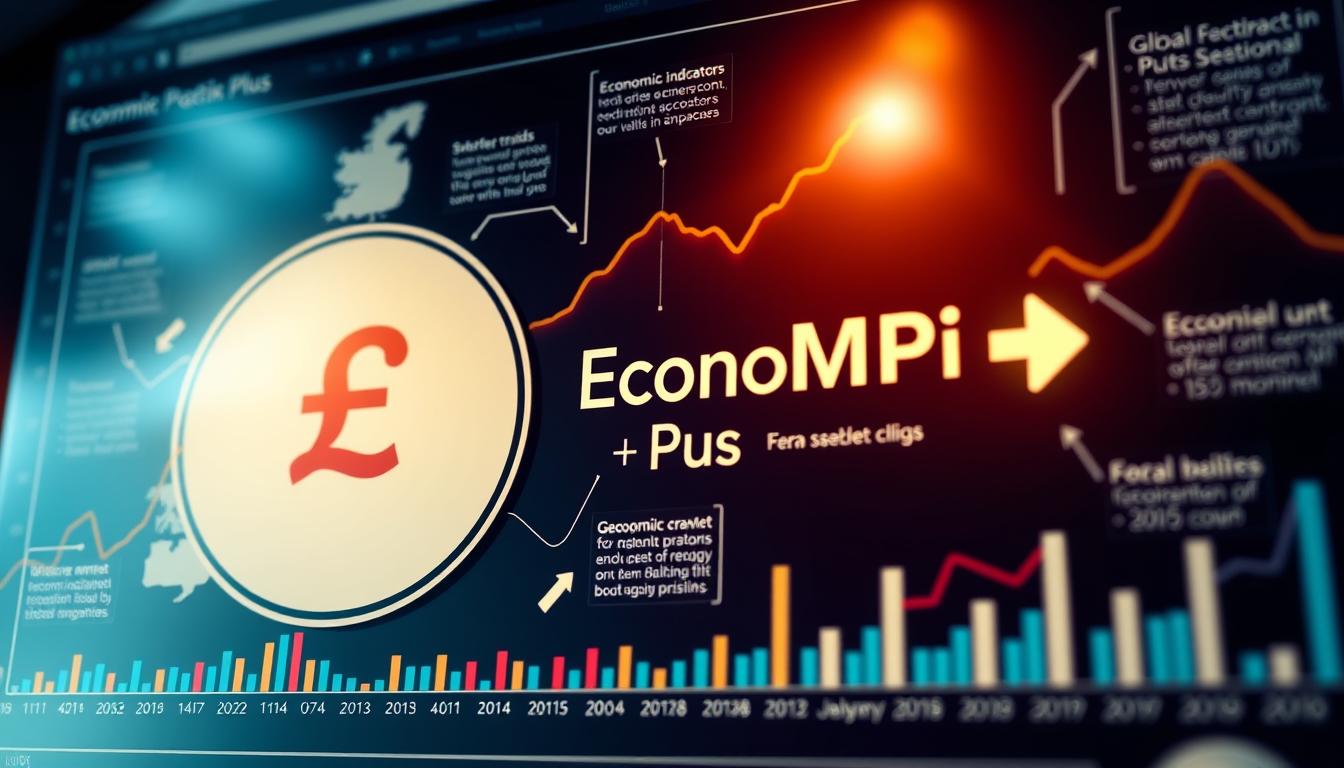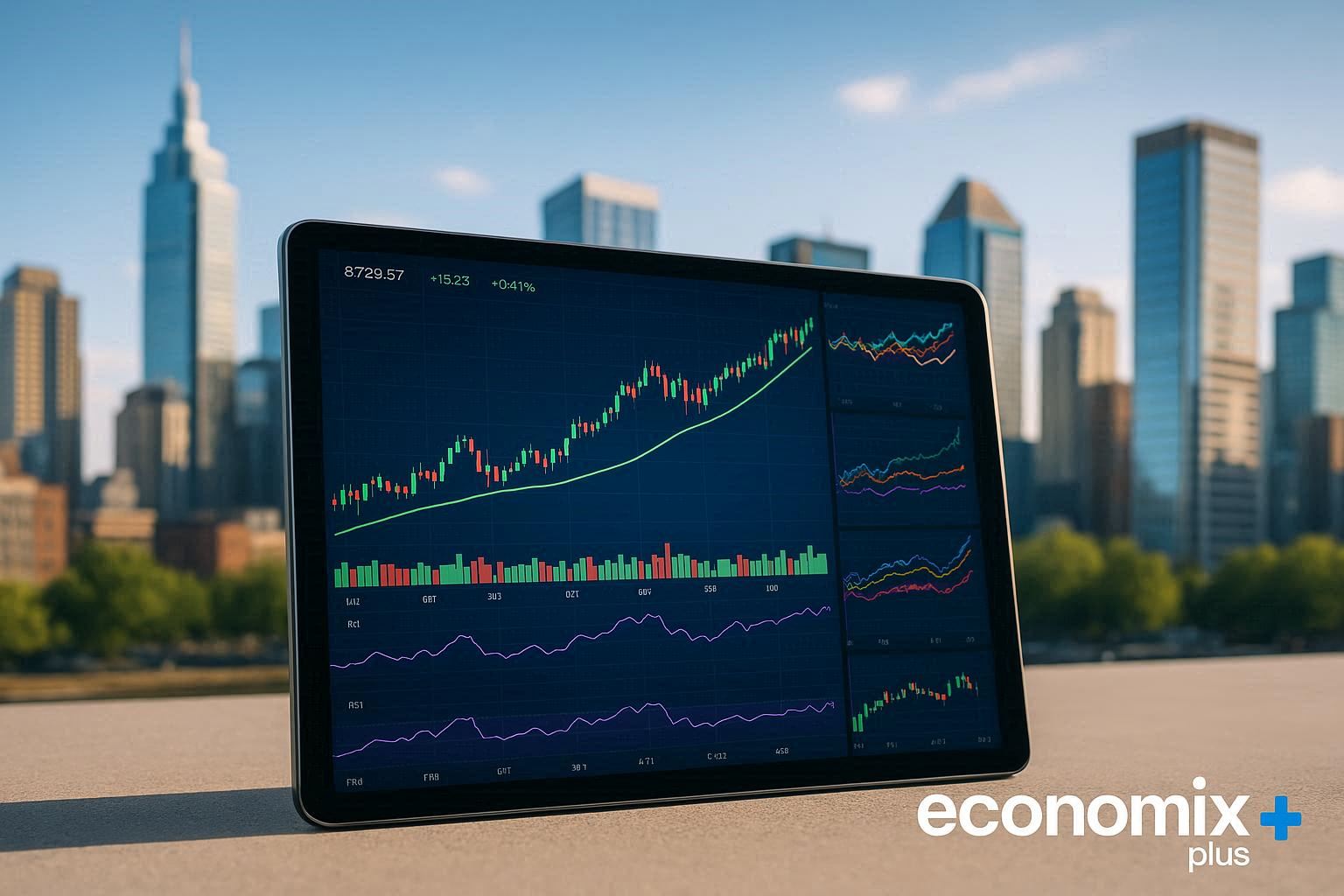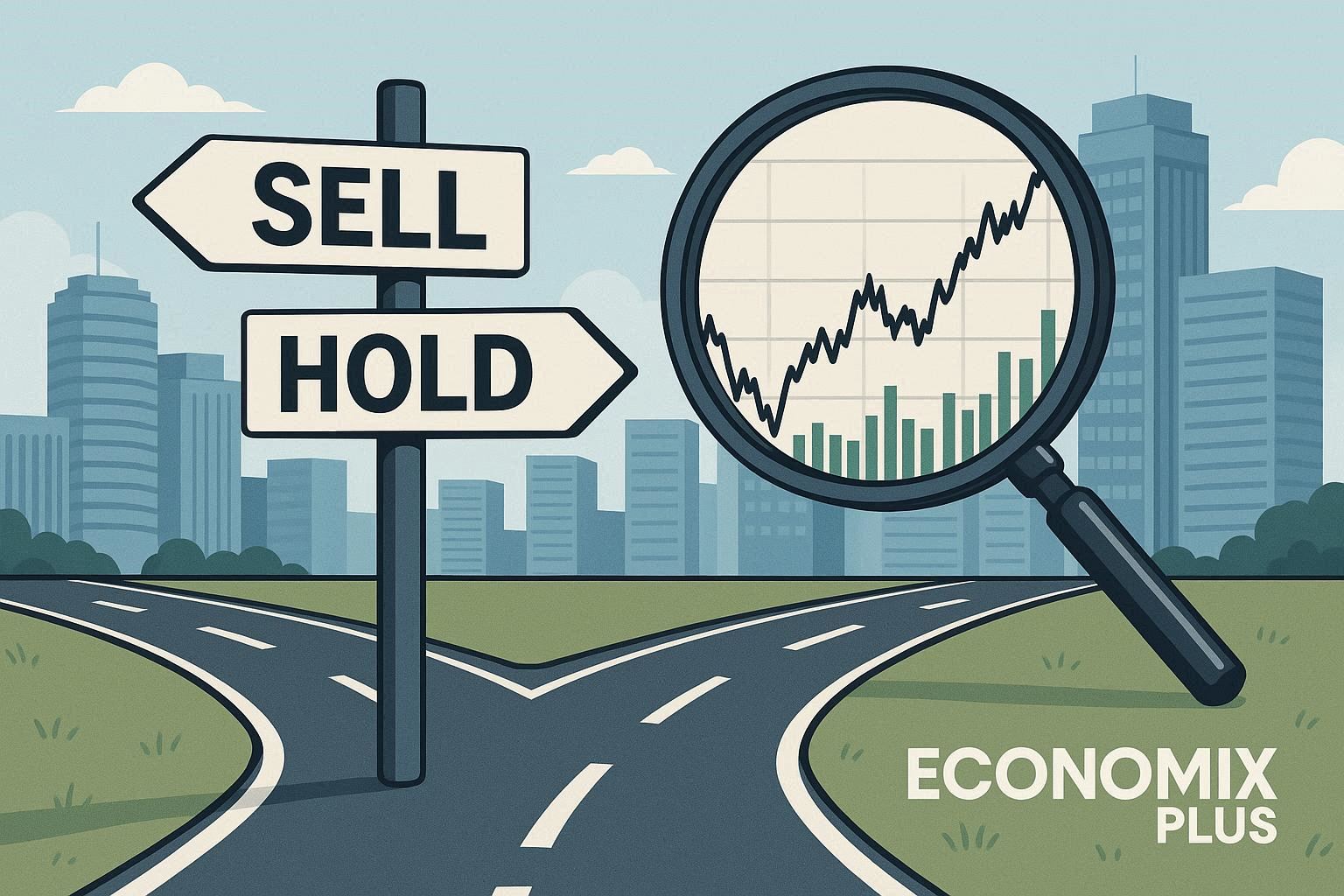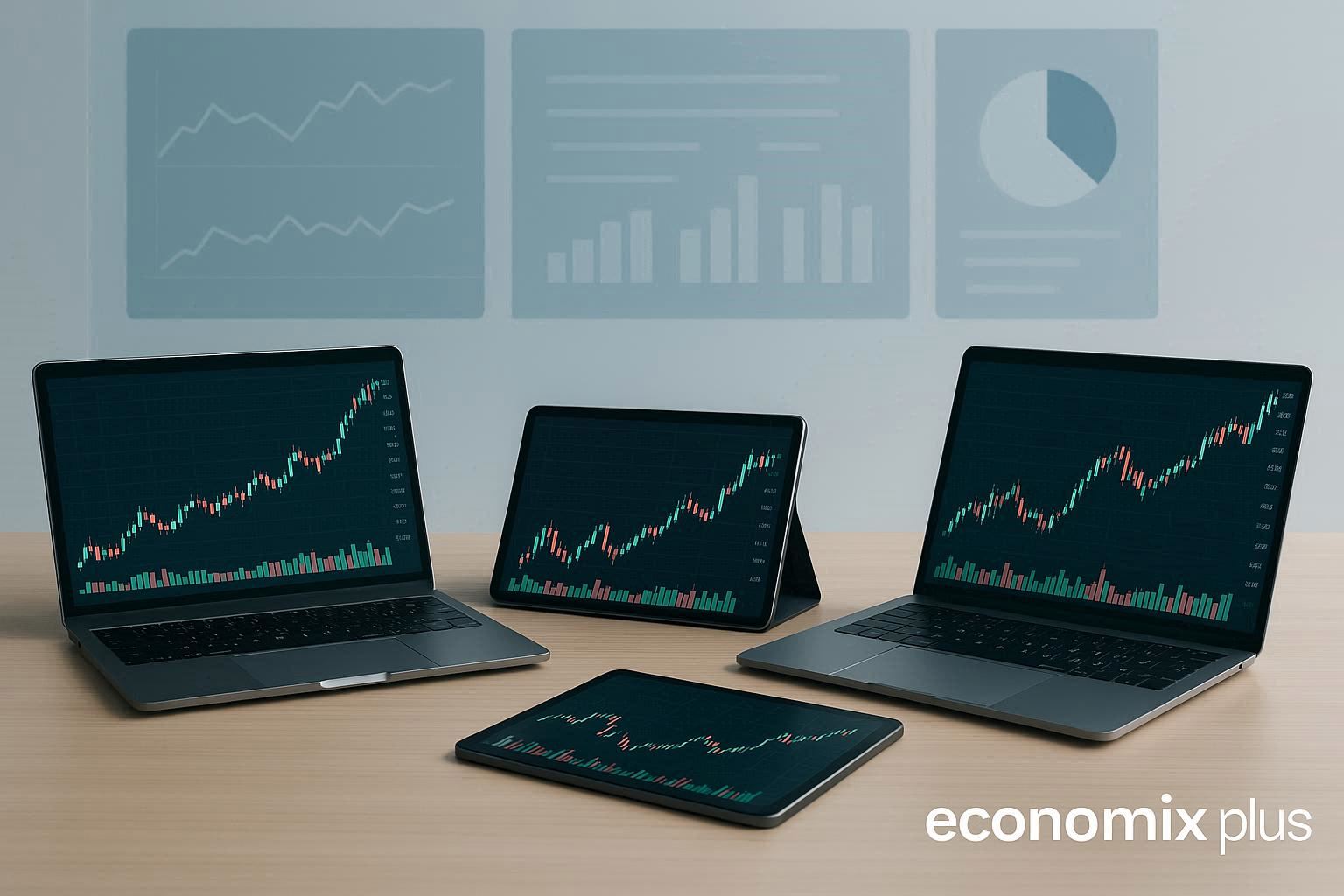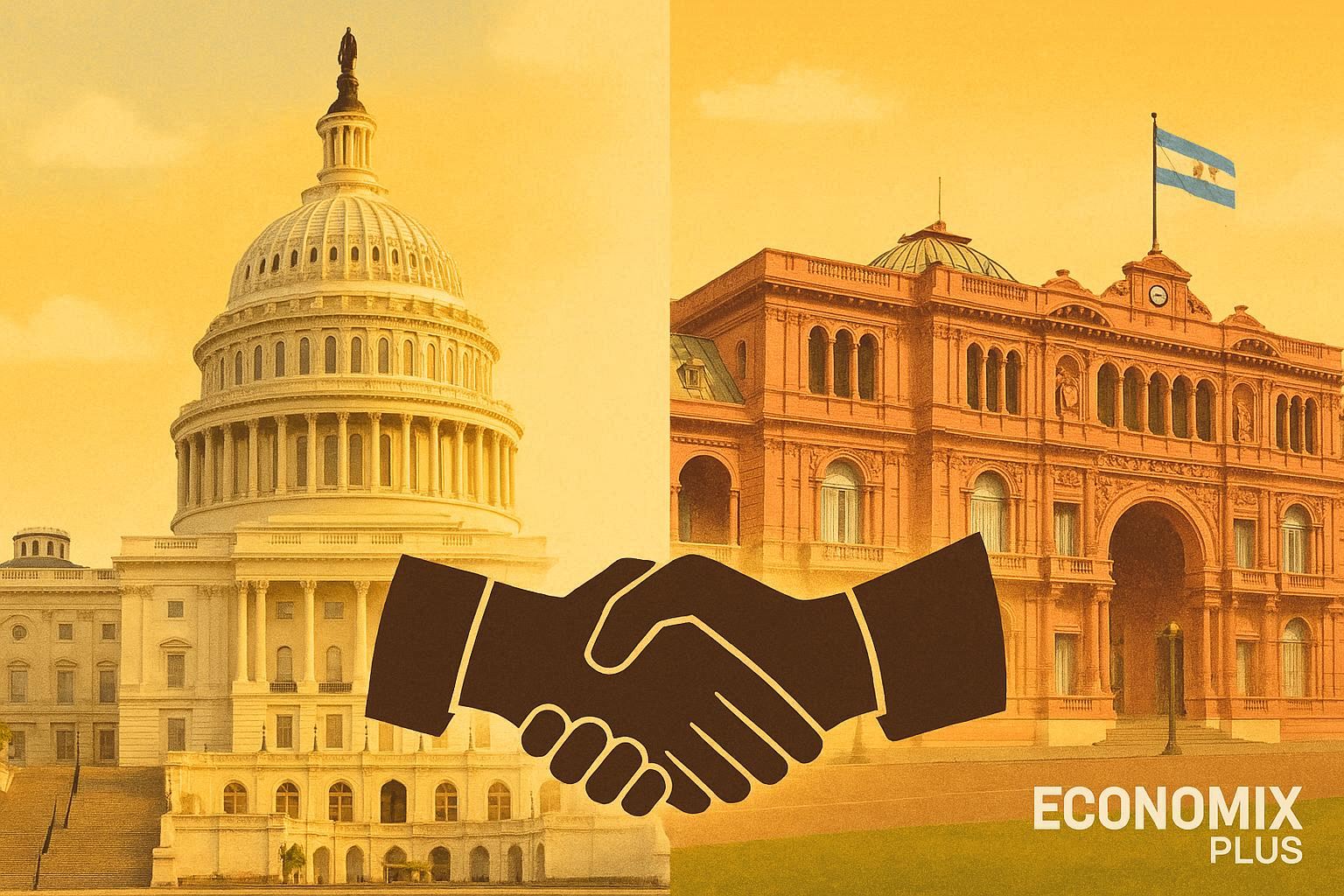How does a currency retain its dominance while economies worldwide face turbulence? The British pound has defied expectations for decades, maintaining its position as one of the world’s most resilient currencies. Even during the 2008 financial crisis, GBP traded at nearly double the USD value. By October 2024, it still held steady at around 1.30 USD – a remarkable feat considering Brexit’s ripple effects and inflationary pressures. The value of the British pound remains strong against a backdrop of global trading fluctuations, showcasing the strength of the Bank of England’s policies in maintaining GBP/USD stability.
As the federal reserve navigates a stronger dollar, the British government’s economic strategies continue to bolster the pound’s value during this time of uncertainty.Historical patterns reveal clues. For centuries, the UK’s monetary policy framework and role in international trade boosted confidence in its currency. The Bank of England’s decisive actions during market shocks – like stabilizing exchange rates post-Brexit – reinforced this trust. Unlike the eurozone’s fragmented approach, Britain’s centralized decision-making allows swift responses to economic threats.
Another factor is perception. Investors often view GBP as a “safe haven” during uncertainty, similar to the dollar but with unique advantages. While the USD benefits from America’s vast consumer market, the pound draws strength from London’s financial hub status and the UK’s service-driven exports. This duality creates a balancing act in currency markets.
Key Takeaways
- The British pound has historically maintained premium valuation against the dollar, even during recessions
- Central bank interventions and monetary policy agility help stabilize GBP during crises
- Brexit created short-term volatility but strengthened long-term regulatory independence
- Nominal exchange rates don’t always reflect true purchasing power differences
- London’s financial sector provides unique support compared to other reserve currencies
- Service exports and geopolitical positioning enhance the pound’s global appeal
Historical Evolution of the Pound Sterling
Long before the dollar dominated markets, Britain’s currency shaped global finance. Its journey from colonial-era supremacy to modern resilience reveals patterns of adaptation.
Early Dominance and the Gold Standard
In the 19th century, the pound became the world’s primary reserve currency, reflecting its strong value in circulation. Backed by the gold standard, it guaranteed stable value for international trade, providing confidence to merchants and investors alike. This monetary stability was crucial as it enabled Britain to expand its influence across continents, fostering an environment where trading flourished, especially during times when the economy was affected by government policies and interest rates.
At its peak, over 60% of global transactions used GBP, highlighting its dominance and the trust placed in it by nations around the world. The pound’s status was not just a reflection of economic power, but also of Britain’s vast colonial empire, which facilitated trade routes and ensured the currency’s widespread acceptance.
London’s financial networks and colonial reach amplified this status. By 1913, Britain accounted for 40% of foreign investments worldwide. The Bank of England maintained strict convertibility – £1 equaled 4.86 USD for decades.
Post-War Shifts and the Rise of the U.S. Dollar
World Wars I-II drained British reserves, weakening GBP’s position. The 1944 Bretton Woods Agreement cemented the dollar’s ascendancy. Key changes emerged:
| Period | GBP/USD Rate | Global Reserve Share |
|---|---|---|
| 1914 | 4.86 | 38% |
| 1945 | 4.03 | 15% |
| 1971 | 2.40 | 4% |
| 2024 | 1.30 | 4.5% |
America’s manufacturing boom and oil trade dollarization accelerated this shift. UK inflation hit 27% in 1975, eroding GBP’s purchasing power. Yet strategic reforms preserved its role in niche markets like financial services.
These historical pivots set the stage for modern monetary strategies. Later sections explore how policy adjustments maintain relevance despite changing economic tides.
Influential Economic Policies and the Role of the Bank of England
Central banks shape currency trajectories through decisive actions. The Bank of England’s strategic maneuvers demonstrate how policy tools stabilize exchange rates during turbulence. These institutions not only respond to immediate market conditions but also anticipate future economic trends, adjusting their policies accordingly to mitigate risks. For instance, the Bank of England employs a range of instruments, including interest rate adjustments and quantitative easing, to influence liquidity and investor confidence.
This proactive approach is crucial in times of economic uncertainty, as it helps to anchor expectations and provide a sense of stability in the financial markets. Furthermore, the Bank’s transparent communication regarding its monetary policy intentions plays a vital role in shaping market perceptions and behaviors, reinforcing the credibility of the currency and supporting its value against global competitors.
Monetary Policy and Interest Rate Adjustments
Interest rates act as levers for currency valuation in the economy. When inflation hit 11.1% in October 2022, the Bank of England raised rates aggressively – from 0.1% to 5.25% within 18 months. This strengthened the British pound sterling against 80% of major currencies, including the stronger dollar, despite recession risks and uncertainties surrounding the European Union.
Historical patterns repeat. During the 2008 crisis, rate cuts were paired with £445 billion in quantitative easing. This dual approach prevented GBP from collapsing below 1.40 USD. Markets responded to clear communication about policy goals.
Interventions During Financial Turmoil
The Bank deploys emergency measures when markets panic. After Brexit’s 2016 vote, GBP/USD plunged 13% in two days. Officials injected £250 billion into markets and pledged liquidity support. The exchange rate recovered 9% within six weeks.
| Event | Action | GBP/USD Impact |
|---|---|---|
| 2008 Crisis | Rate cuts + QE | Stabilized at 1.45 |
| 2016 Brexit | Liquidity injections | +9% recovery |
| 2020 Pandemic | £300bn bond buying | Prevented |
| 2022 Inflation | 14 rate hikes | Peak at 1.31 |
Credibility matters. A 2023 IMF study found central bank independence boosts currency resilience by 23%. The Bank’s transparent decision-making process helps investors anticipate moves, reducing market shocks.
Market Dynamics: GBP/USD Exchange Rate Trends
Currency markets often act as real-time voting machines for geopolitical events. The GBP/USD pair serves as a prime example, swinging between panic and optimism since Brexit. This pair not only reflects immediate market reactions but also embodies the long-term economic sentiments that arise from political developments. From historic lows to cautious recoveries, this exchange rate reflects shifting global priorities.
Investors closely monitor the GBP/USD fluctuations as they provide insights into the overall health of the UK economy in relation to the US economy, highlighting the impact of political decisions, trade agreements, and central bank policies on currency valuation.
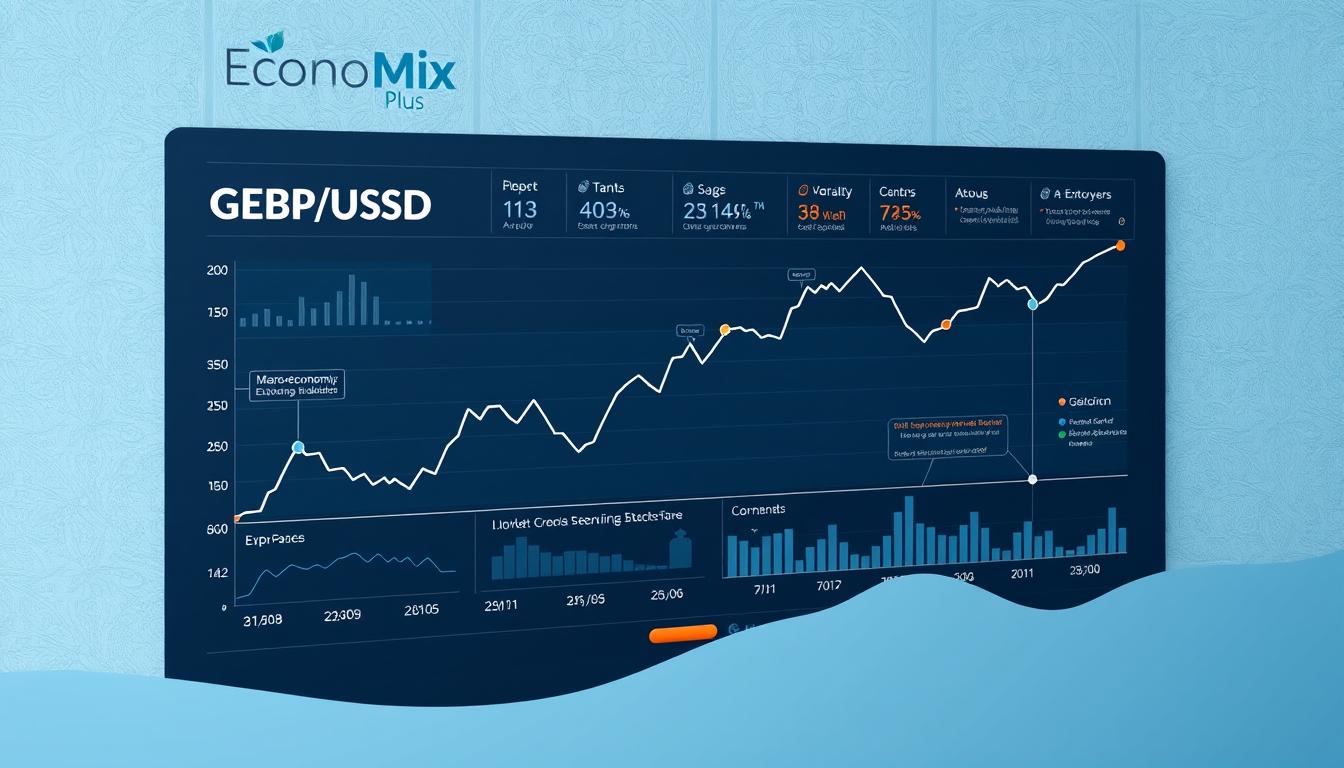
Brexit’s Shockwaves and Recovery Patterns
June 2016 marked a turning point. When Brexit passed, the pound plummeted 13% overnight, hitting $1.32 – its weakest since 1985. Trade uncertainties and investor panic dominated. Yet by 2024, GBP clawed back to $1.31 despite ongoing EU negotiations.
Three factors fueled this rebound:
- London’s financial sector adapted swiftly to new regulations
- Service exports grew 18% post-Brexit
- The Bank of England’s inflation-targeting restored confidence
Global Pressures Reshaping Currency Battles
While Brexit reshaped UK dynamics, worldwide events amplified the dollar’s dominance. During the 2022 energy crisis, USD gained 12% against GBP as traders sought safety. “Investors treat the dollar as a global insurance policy,” notes a JPMorgan analyst.
Interest rate gaps widened this divide. The Fed’s 2023 hikes pushed US rates 1.5% above Britain’s, making dollar assets more attractive. Still, GBP’s nominal value masks its relative strength in niche markets like fintech and renewable energy investments.
Market sentiment remains pivotal. When Russia invaded Ukraine, GBP/USD dipped 5% in a week. But by Q3 2023, it recovered 8% as UK growth outpaced Eurozone forecasts. These swings reveal how currencies balance short-term shocks against long-term fundamentals.
What Makes the Pound Sterling Strong Amid Global Crises?
Market psychology shapes currency trajectories more than balance sheets. When UK markets panicked during Liz Truss’s 2022 tax cut proposals, GBP/USD dropped 5% in days, reflecting a sudden loss of confidence among investors who feared the implications of fiscal irresponsibility. But when policies reversed and the government took a more stable approach, it rebounded 7% within weeks, illustrating the swift recovery that can occur when investor sentiment shifts positively.
This volatility underscores how investor confidence acts as shock absorption for the British pound, allowing it to withstand external pressures and recover from setbacks more effectively than many other currencies. The ability of the pound to bounce back highlights the importance of perception in financial markets, where even minor policy adjustments can lead to significant shifts in currency value.
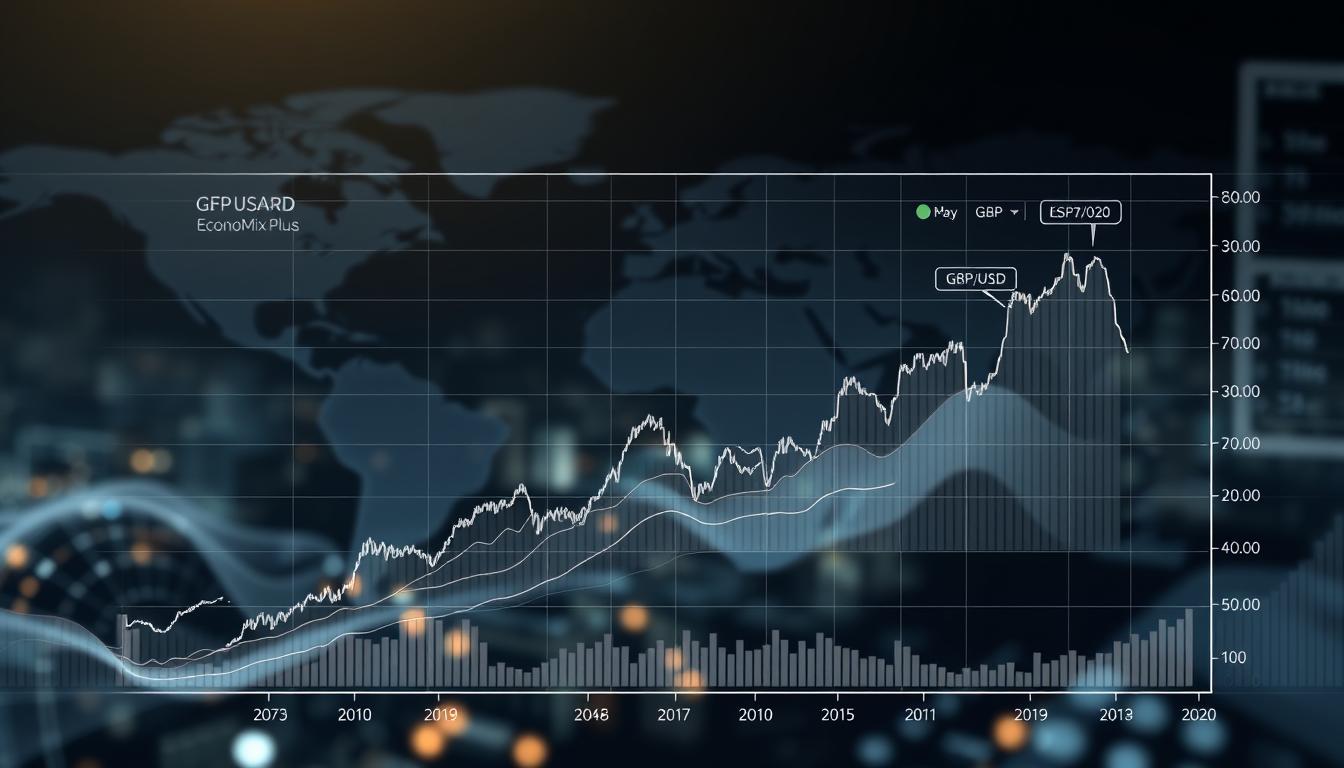
Policy Reversals Stabilize Turbulence
The Bank of England’s rapid response mechanisms prove critical. After the 2022 mini-budget crisis, officials raised interest rates while clarifying fiscal discipline. “Markets reward transparency,” observes a Barclays strategist. By December 2023, GBP recovered 92% of its pre-crisis value against the dollar.
Turning Crises into Catalysts
Economic shocks often reveal hidden strengths. Post-Brexit service exports grew 18% as firms adapted to new trade terms, contributing to a pound stronger against the stronger dollar. Meanwhile, the UK’s fintech sector attracted $12.6 billion in 2023 investments – a 56% jump from 2020, reflecting the growing value British businesses bring to the global market. Such pivots demonstrate how instability can spark innovation.
Three pillars now shield the currency:
- Central bank credibility through consistent inflation targeting
- Political course corrections that align with market expectations
- Diversified export sectors less reliant on physical goods
While the dollar dominates safe-haven flows, the pound’s niche appeal in financial services and agile policymaking maintain its global relevance. This symbiotic relationship between investor trust and institutional responsiveness forms the pound’s modern armor.
Comparative Analysis: Pound Sterling vs U.S. Dollar
Two currencies dominate global finance, yet their strengths diverge in unexpected ways. While £1 traded near $1.30 in mid-2024, this nominal value tells only part of the story. True economic power lies in relative purchasing capacity and structural advantages. For instance, the pound has historically enjoyed a higher value due to the UK’s robust financial services sector, which continues to thrive even amid global uncertainties.
Conversely, the U.S. dollar benefits from its status as the world’s primary reserve currency, which bolsters its demand and value. These underlying factors contribute to the complexities of currency valuation and the broader implications for international trade and investment.
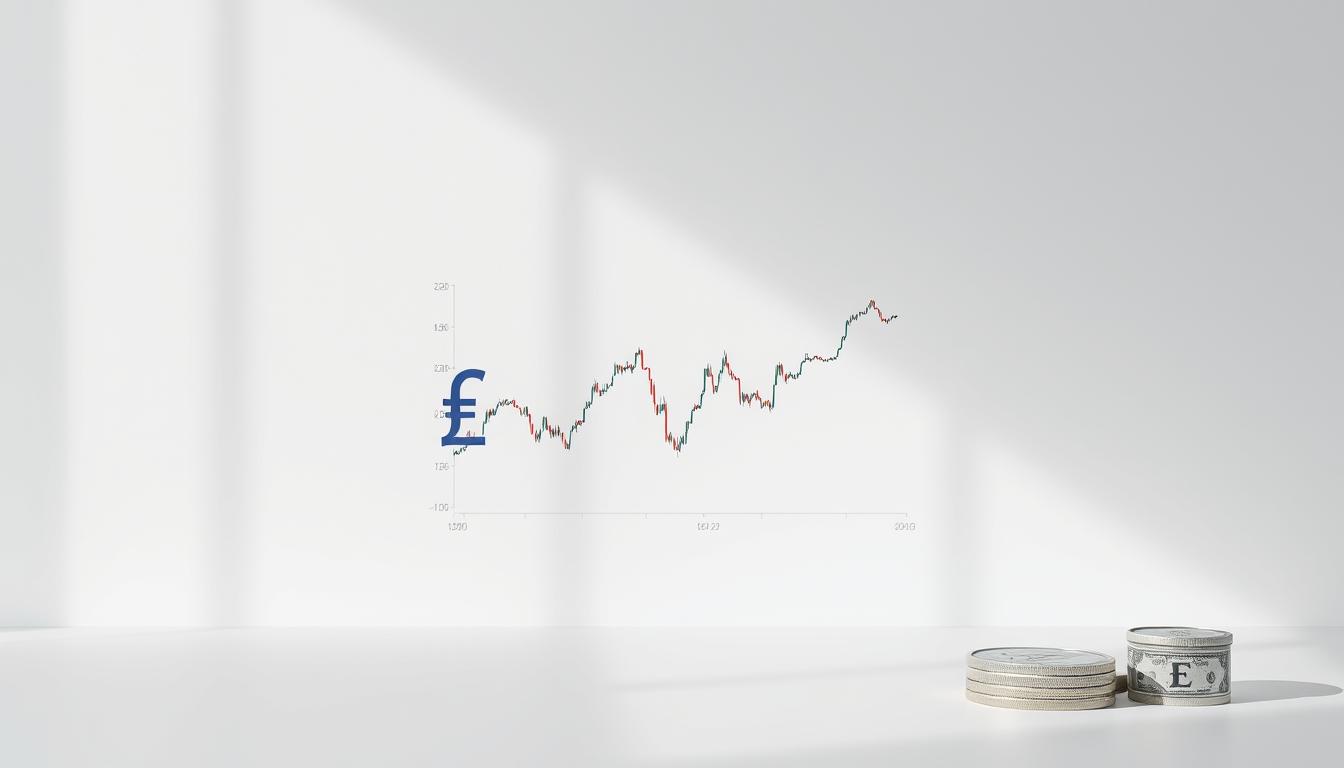
Nominal Value vs. Relative Strength
Nominal exchange rates reflect face value, not real economic muscle. Though GBP maintains a premium over USD historically, the gap has narrowed:
| Year | GBP/USD Rate | UK GDP Growth | US GDP Growth |
|---|---|---|---|
| 1945 | 4.03 | -0.5% | -1.1% |
| 1971 | 2.40 | 2.3% | 3.3% |
| 2008 | 1.45 | -0.3% | -2.6% |
| 2024 | 1.30 | 0.6% | 2.1% |
Higher nominal rates can burden exporters. A British manufacturer selling $130 goods earns £100 today versus £27 in 1945. This impacts the value of the British pound, making it crucial for trading decisions. “Exchange rates act as economic amplifiers,” notes a Federal Reserve report. This dynamic pushes the UK toward service exports less impacted by currency shifts, especially as the pound grows stronger over time.
Market perceptions often lag reality. Despite America’s larger economy, London’s financial services and stable interest rates maintain GBP’s niche appeal. Investors balance short-term inflation data against centuries of monetary credibility.
Ultimately, currencies thrive through adaptability. The dollar’s energy trade dominance contrasts with the pound’s financial sector leverage – distinct paths to global influence.
Geopolitical and Trade Influences on the Pound
Global trade dynamics often rewrite currency playbooks, and Britain’s post-Brexit journey offers a masterclass in adaptation. Shifting alliances and regulatory overhauls have reshaped the currency’s role in international markets. The departure from the EU prompted a re-evaluation of trade relationships, leading to both challenges and opportunities for the UK. As traditional partnerships were disrupted, the need for innovative trade agreements became paramount, resulting in new ties with nations like Japan and Australia.
These agreements not only sought to replace lost EU trade but also aimed to position the UK as a competitive player in the global market. The regulatory landscape also evolved, with a focus on creating favorable conditions for businesses to thrive, especially in emerging sectors such as technology and green energy. This proactive approach has been crucial in redefining the pound’s standing amid fluctuating global economic conditions.
Brexit, Trade Policies, and International Adjustments
The 2016 referendum triggered immediate currency volatility, with GBP/USD swinging 20% within six months. Trade deficits widened as EU supply chains fractured, but new agreements with Japan and Australia offset 37% of lost EU exports by 2023. “Brexit forced a reinvention of trade networks,” states a London School of Economics report.
Political stability became crucial. Three Prime Ministers in seven weeks during 2022 eroded confidence, causing a 9% GBP drop. However, streamlined regulations for fintech and green energy attracted $14 billion in foreign investments by 2024. Markets now reward predictable policy shifts over rigid ideologies.
Export competitiveness reveals surprising trends. While goods exports fell 12% post-Brexit, service sectors like insurance and consulting grew 19%. This pivot softened the dollar’s impact on trade balances. The UK’s current account deficit narrowed to 1.8% of GDP in 2023 – its best showing since 2011.
Global reserve shifts underscore these changes. Sterling’s share in central bank holdings rose to 4.9% in 2023, reversing a 20-year decline. As Asian and African nations diversify from USD, the pound’s blend of liquidity and stability gains appeal. Currency markets now treat Brexit not as an endpoint, but as the start of Britain’s strategic repositioning.
Conclusion
Britain’s currency thrives through adaptability. Despite trading near 1.30 against the dollar in 2024, its resilience stems from centuries of institutional credibility. Historical pivots – from gold standard dominance to post-Brexit reforms – showcase flexibility in shifting economic landscapes.
Three pillars sustain the British pound:
- Central bank agility during crises, like stabilizing GBP/USD after 13% Brexit drops
- Service-driven exports offsetting goods trade vulnerabilities
- Global trust in London’s financial infrastructure despite political shifts
While the dollar benefits from energy trade dominance, the pound leverages niche markets. Its nominal value reflects structural advantages rather than absolute economy size. Geopolitical realignments post-Brexit boosted non-EU trade by 37%, proving adaptability trumps short-term volatility.
Currency exchange rates remain barometers of confidence. The Bank of England’s inflation-targeting and swift rate hikes demonstrate how policy credibility buffers against global shocks. Though challenges persist, the pound’s institutional bedrock ensures its role as a stalwart in turbulent markets.
